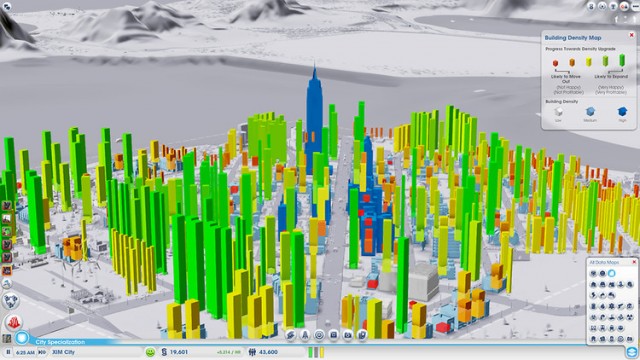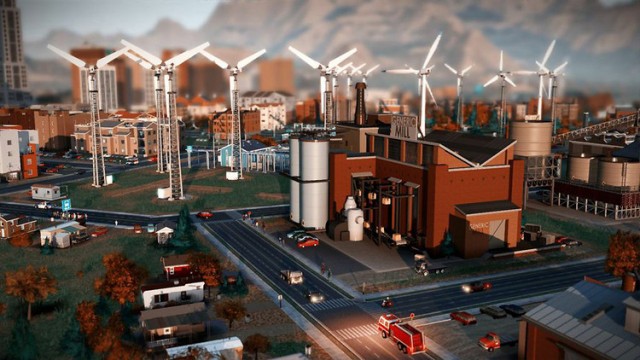SimCity may be “the single most influential work of urban-design theory ever created,” according to a New Yorker profile of the game’s creator, Will Wright. The SimCity franchise began humbly in 1989 when Wright, an urban planning eccentric and monumental game designer, realized making game play maps for his projects was actually more enjoyable than the game itself. Soon after, SimCity was born, and with it, a new generation of urban theory enthusiasts.
The franchise’s recent release, the first in over a decade, claims to be most realistic simulation of urbanism and planning yet, while still remaining gamer-approved. The title amasses mountains of data from traffic and electricity flows, to commuter and economic ties between neighboring municipalities, and puts it all on display for you, the mayor. Every pedestrian, car, and building serves its own purpose and function. Co.EXIST recently put this to the test, throwing six cream-of-the-crop urban planners into the ring in a battle to create the most sustainable city.
Each of the teams, which included planners from MIT and designers from architecture firm Kohn Pedersen Fox (as of late, Hudson Yards purveyors), took a different angle, employing a handful real-life urban theories. The team from OpenPlans, a non-profit, open source planning firm attempted to create a pedestrian-oriented city, but was stifled by a dirty coal industry, which was not part of their plan, but became an economic necessity. Studio Gang, a Chicago-based architecture firm, laid out a radiating grid from a commercial core, trying to create a compact and efficient city. These seasoned planners were able to create more efficient and visually striking cities than Co.Exist’s “control group” city.
Developers of the recently released game say part of their goal is to help people understand how sustainability in the urban environment functions and evolves, and how and why undesirable situations often arise, like investing in fossil fuels as an easily funding source. What sets this edition apart from the previous titles is that neighboring cities can interact. One city can sell its excess power to their neighbor, but may reconsider when that city builds factory whose pollution carries over the border, affecting the air quality. Perhaps two cities will strike a deal trading landfill space for fire coverage. The game is ripe with opportunities to test out alternative transportation and sustainable energy projects.
[As it turns out, SimCity itself has had development problems in the real world, as reported by the New York Times. During the first week of release, due to overwhelming demand, the game frequently crashed or was unavailable online. Electronic Arts has since reported significant improvements in performance.]
Visit SimCity for more details.
Photos: Fastcoexist.com


